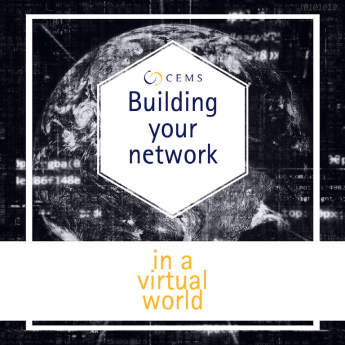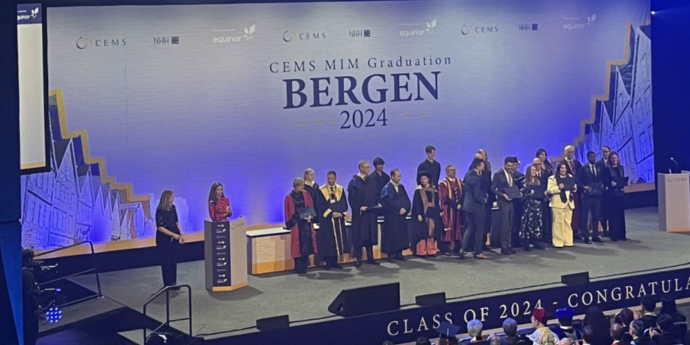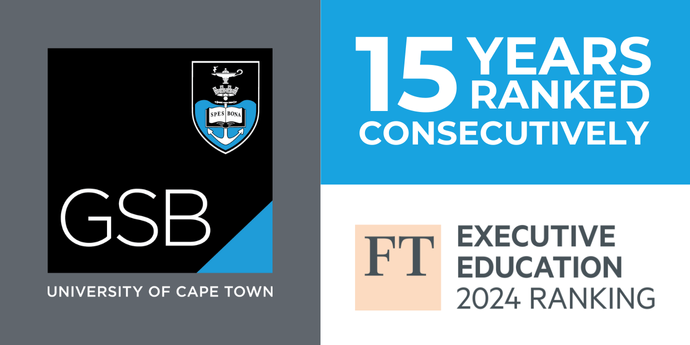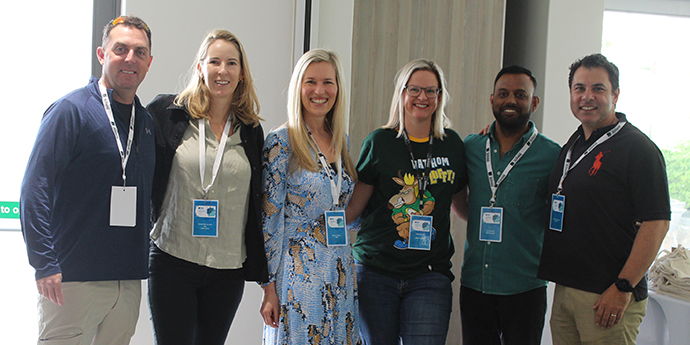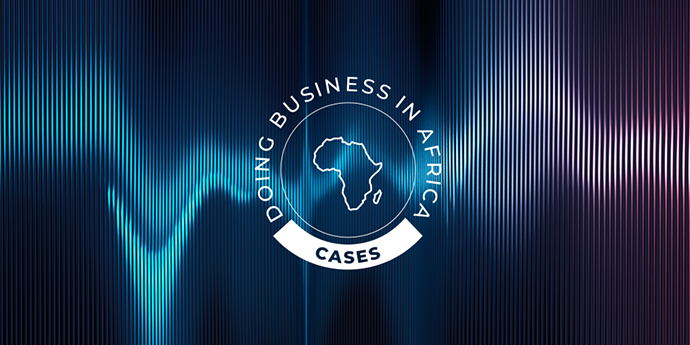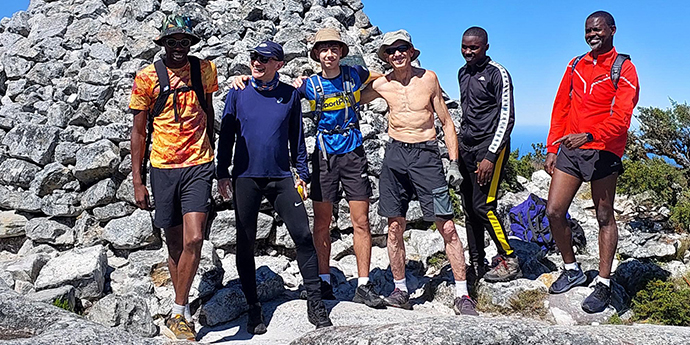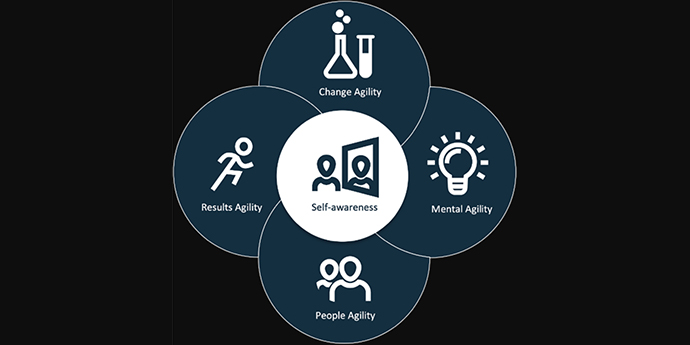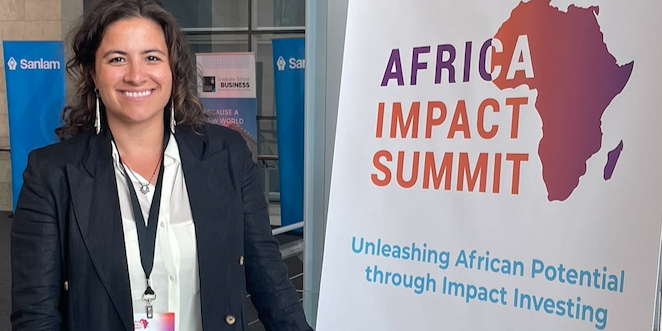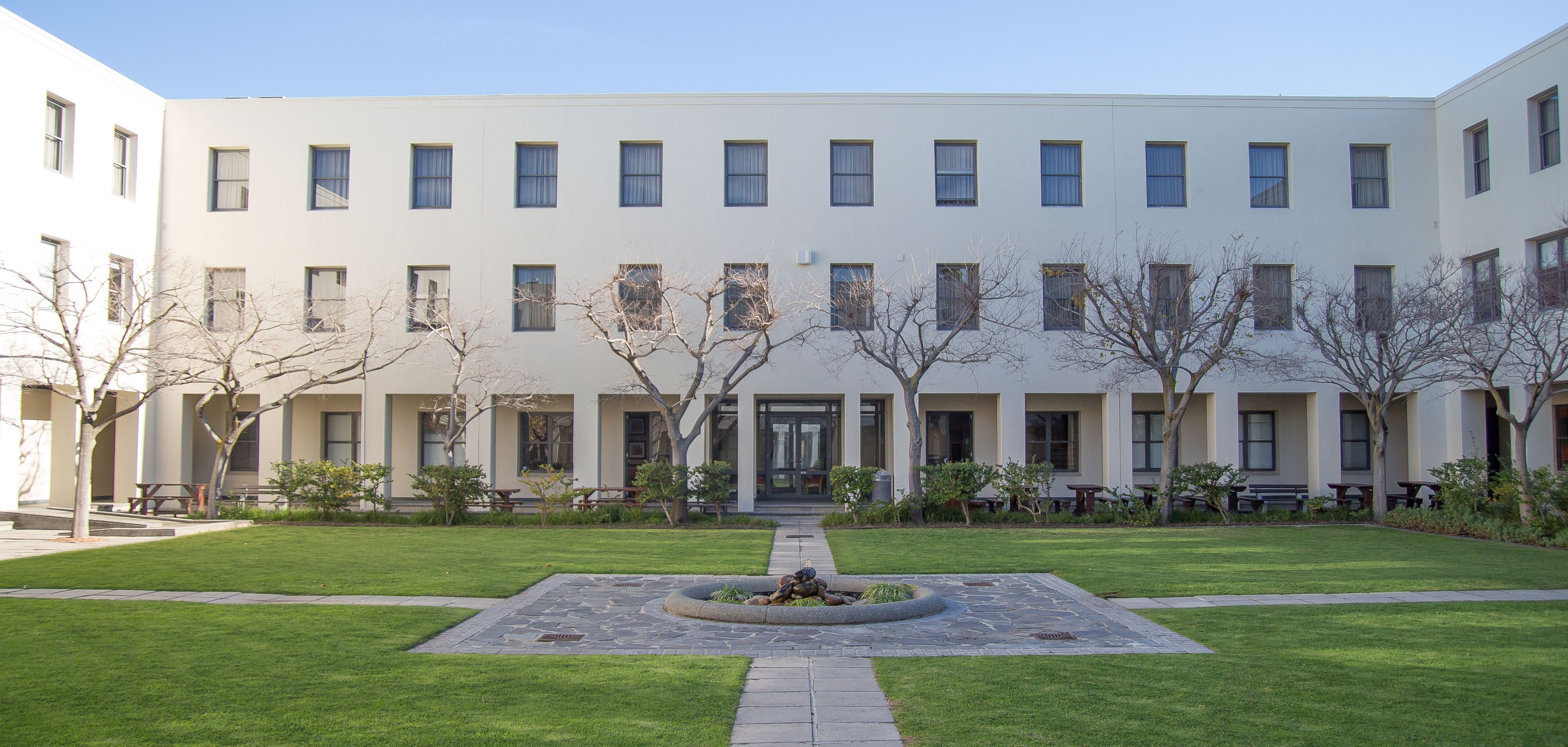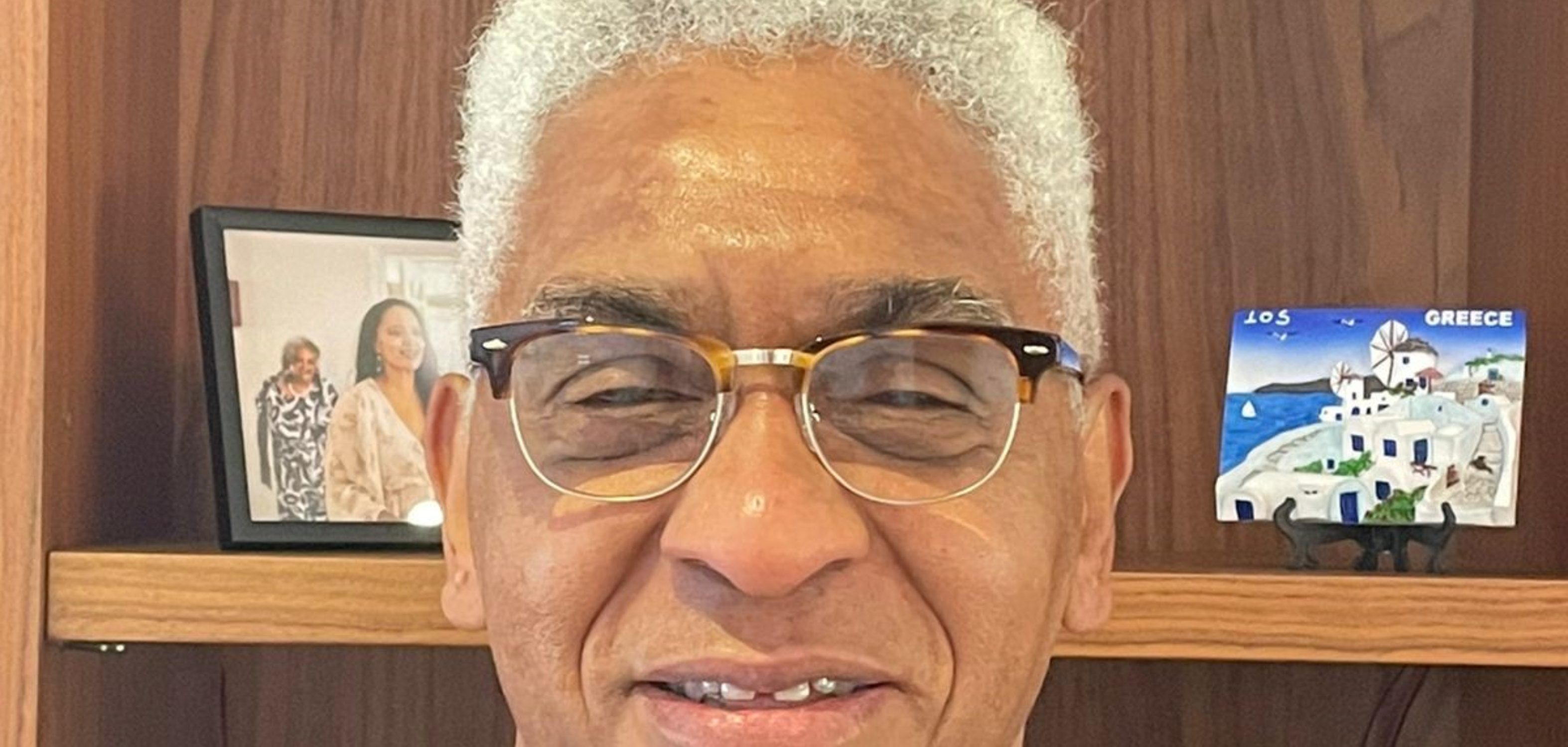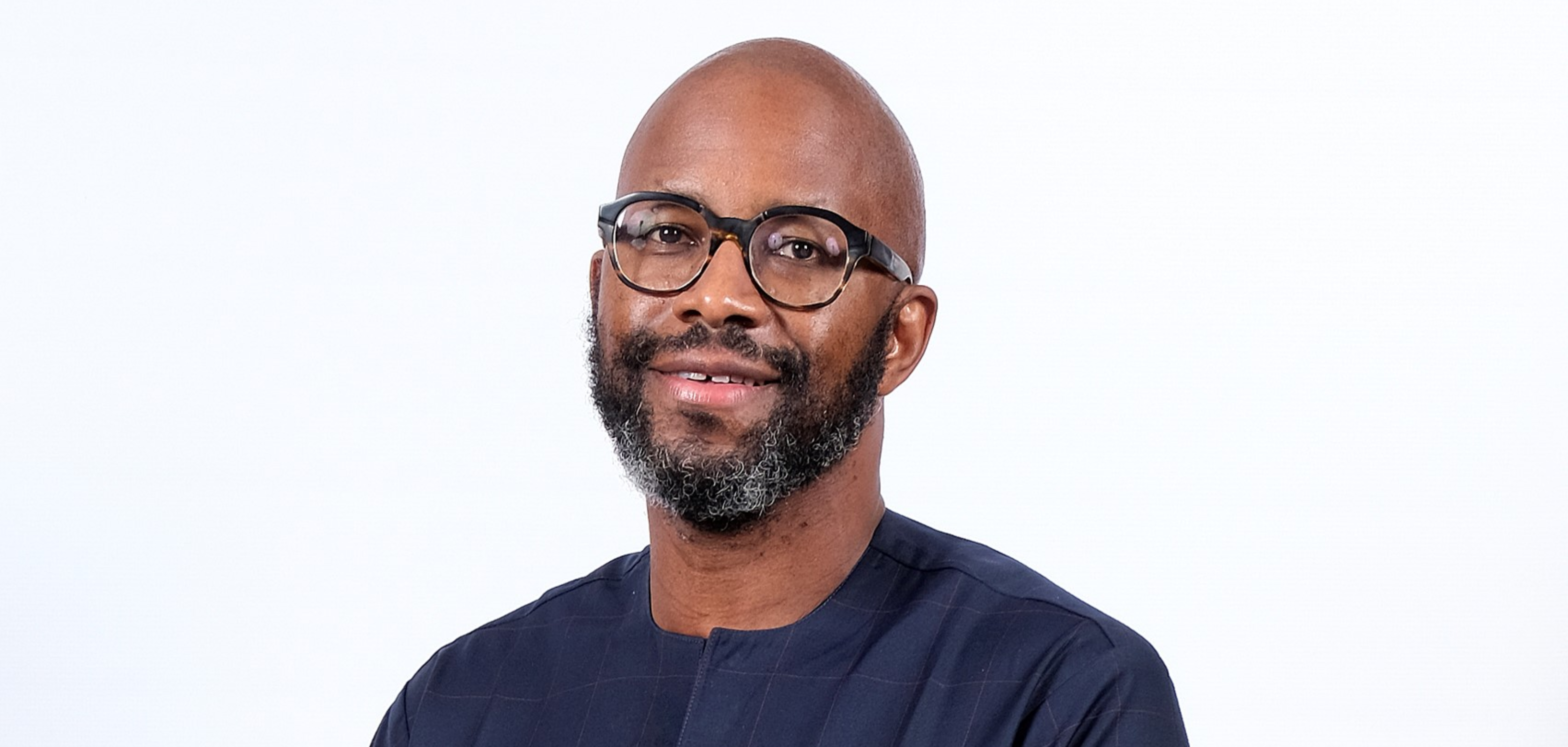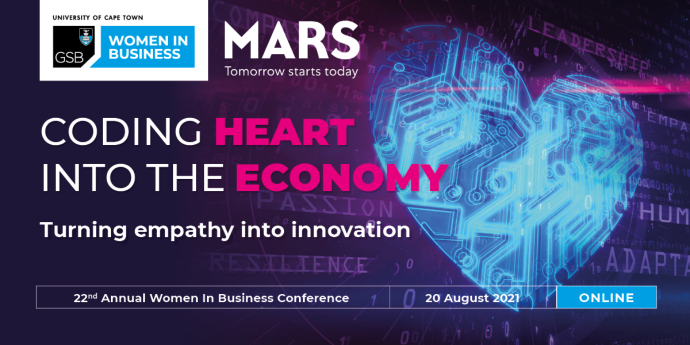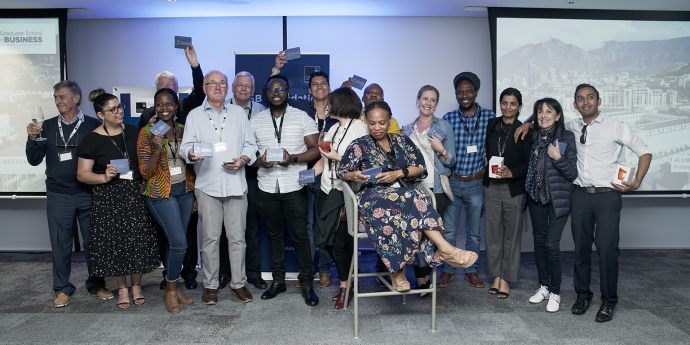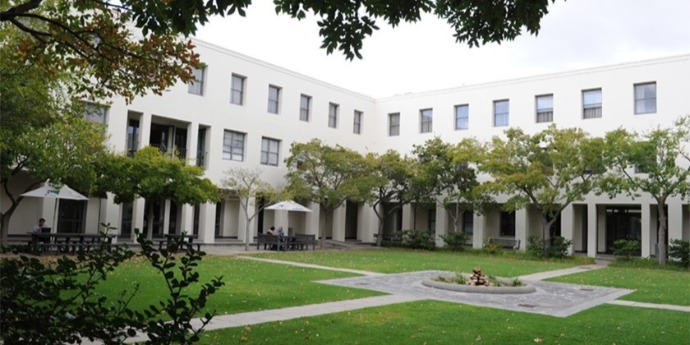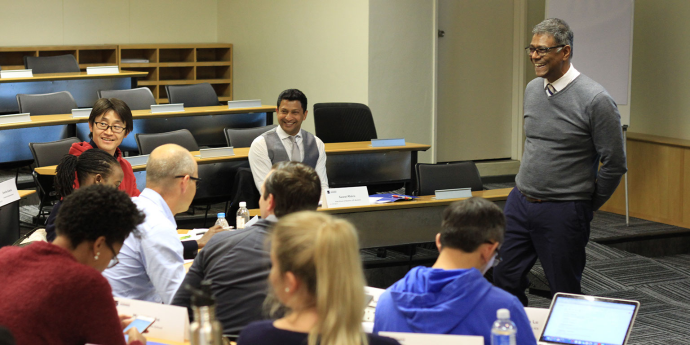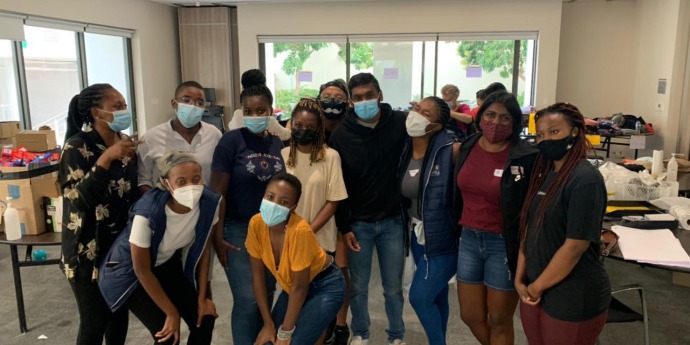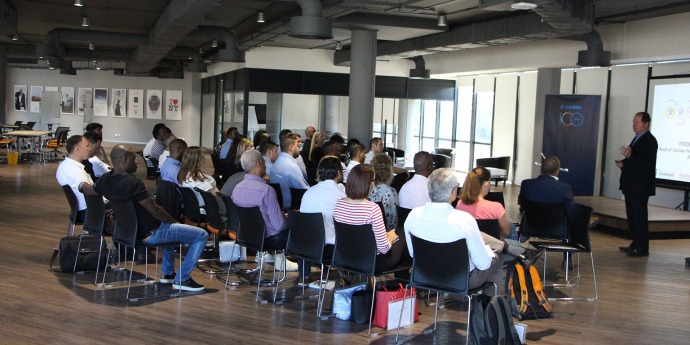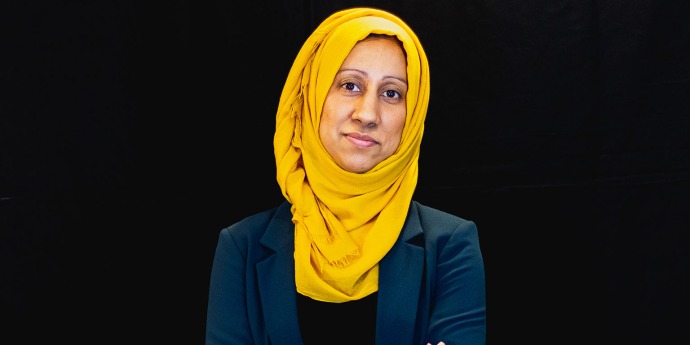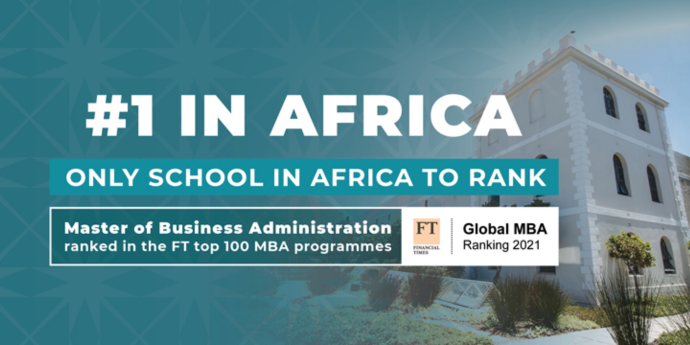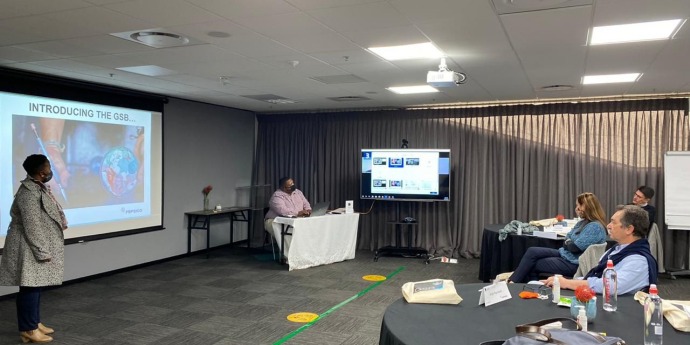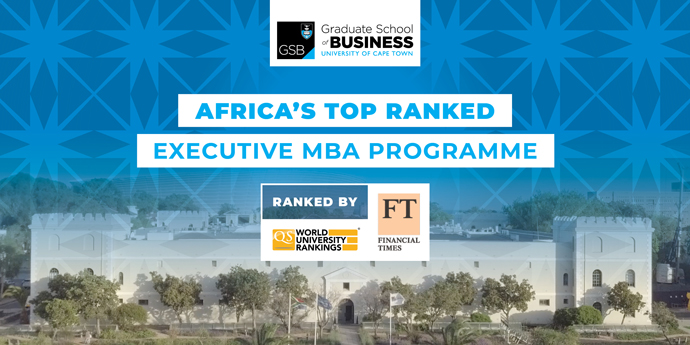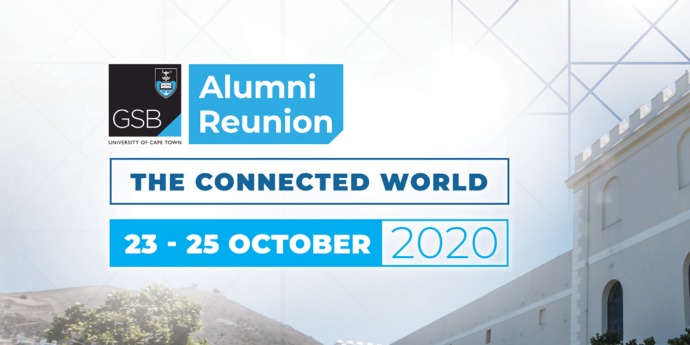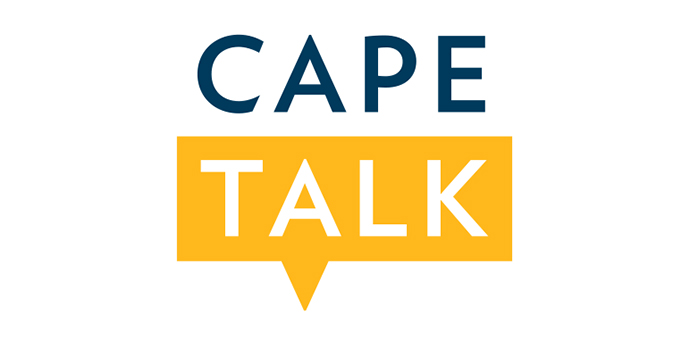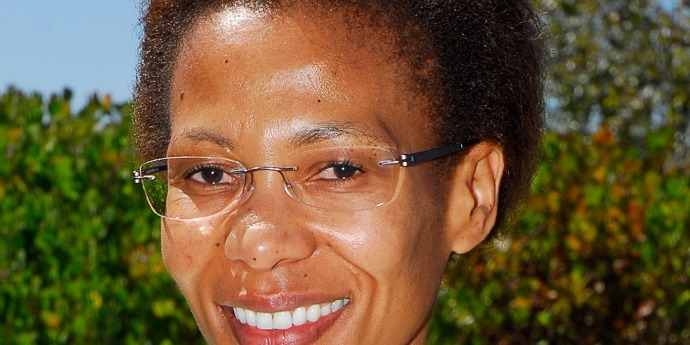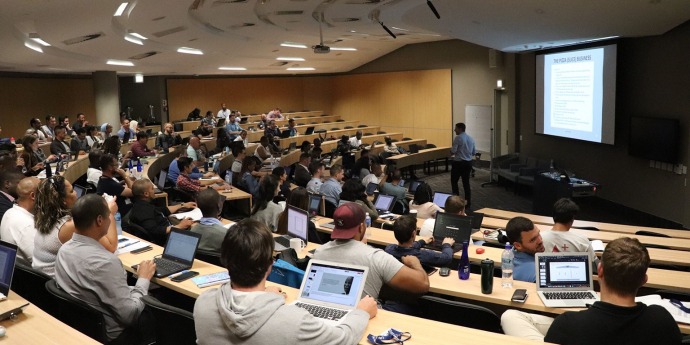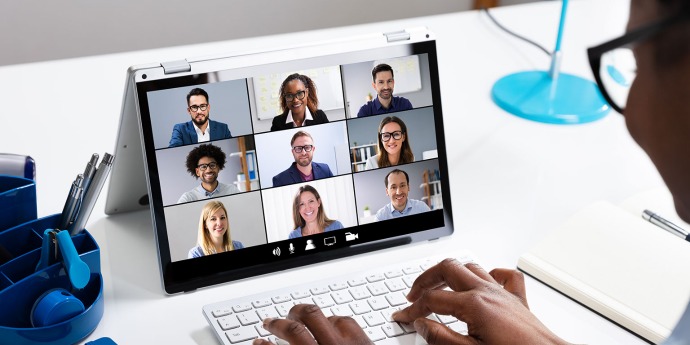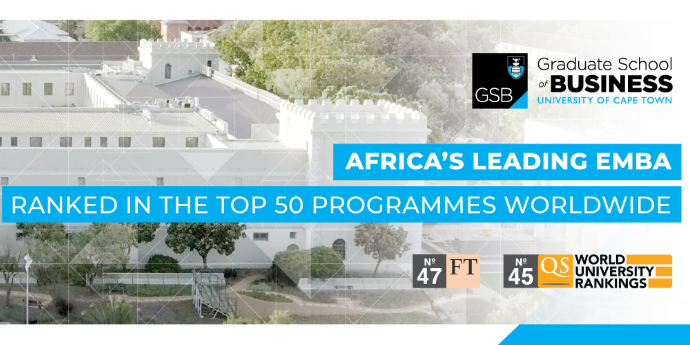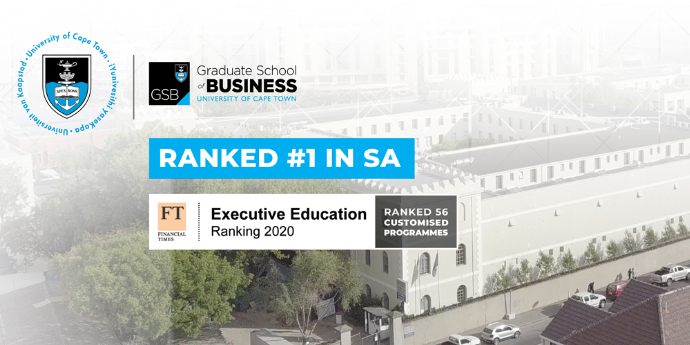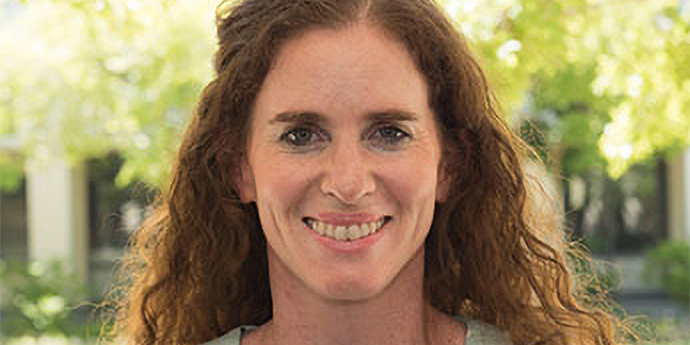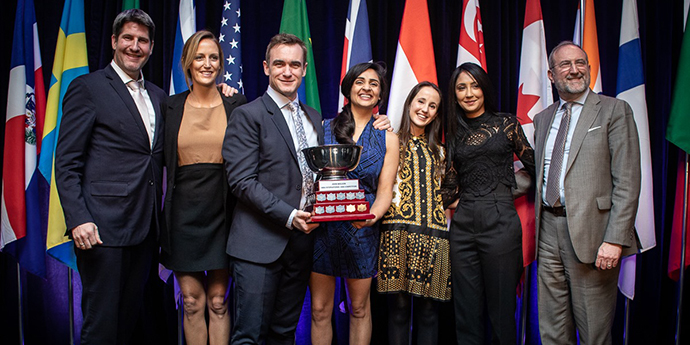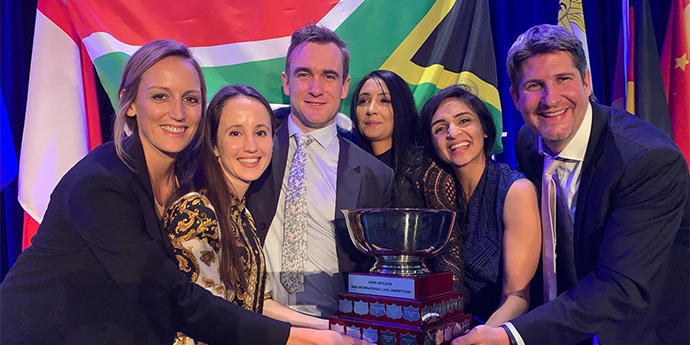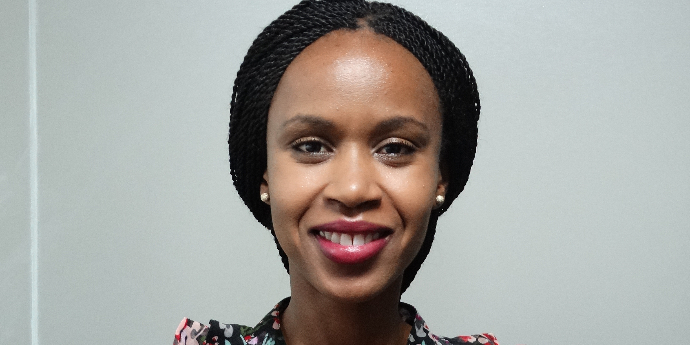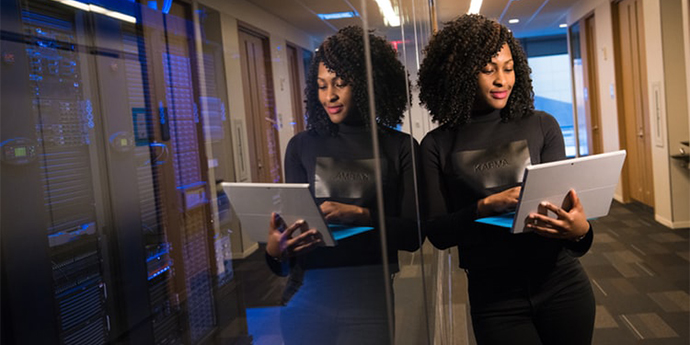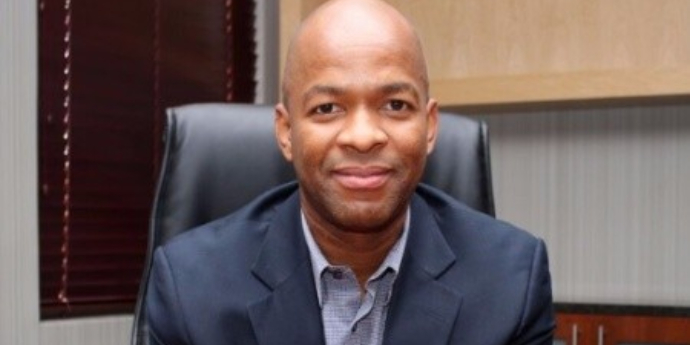The survey adds fuel to previous CEMS research revealing that global leaders believe the quality of their interactions with colleagues worldwide will be negatively impacted well into the future by COVID-19.
In response to the picture emerging, CEMS has published a set of ten guidelines to help current and future leaders forge essential global networks in this new, post-pandemic workplace.
The guidelines have been compiled drawing on the wisdom of experts from among CEMS 34 global academic partners, 69 corporate partners and 8 NGOs:
- Empathy is key to future networking. “While the challenges of networking across time zones remain, bringing an empathetic approach to networking is key to bridging the digital divide. The empathetic questions not only include the mandatory, ‘How are you going?’ but also, ‘is there some way I can help you?’” says Professor Gregory Whitwell, Chair of the CEMS Global Alliance and Dean of the University of Sydney School of Business.
- Focus on deepening existing relationships. “You don’t need a specific reason to connect with your network other than being genuinely curious about each individual’s situation,” adds Professor Whitwell.
- Networking isn’t a race – it is a long slow build. “You don’t plant a crop when you’re hungry,” says Coca-Cola HBC Group Talent Director Audrey Clegg. “It’s the same with growing a network. You sow carefully chosen seeds in carefully prepared ground. And you tend them as they come up.”
- Showcase your authentic self. “One of the most challenging aspects working in hybrid and virtual setting is that it becomes “all business,” says Bianca Wong, Global Head of Rewards, Hilti Group. “Try to call in earlier in the meeting and use the time to get to know your team-mates. Create conversation opportunities - explain why you have used an interesting virtual background or ask your colleague about a particular art piece in their home.”
- Take the driving seat. “We are moving from an organizational hierarchy into networks where interactions and collaboration take place across levels, borders and functions. Take charge, be courageous and lead that change,” comments Heidi Robertson, Head of Diversity & Inclusion at ABB.
- Be someone others like to be around, work with and turn to. “Remember that nothing can replace performance and attitude, but you also need exposure and a network - in that order,” adds Heidi Robertson.
- Give, don’t just take. “Successful networking means being clear on why you want to build a meaningful connection and that it is about long-term give-and-take, not just a one-sided relationship,” says Sunita Malhotra, Professor at Louvain School of Management, Belgium
- Do your homework to remain relevant. “Make it your business to keep abreast of current trends in your field of interest, your industry and within your organisation. Seek out knowledge, find out who the relevant thought-leaders are, watch webinars and read widely. And with this knowledge, create opportunities to engage with key people,” says Dr Beverly Shrand, Graduate School of Business, University of Cape Town
- Be genuinely interested. “It has long been said that to be considered “interesting”, you need to BE interested!” adds Dr Shrand. “Often expressing an interest in something goes a long way in getting yourself noticed.”
- Seize opportunities to build your network outwards. “Six degrees of separation is a thing of the past. Now it is more like two. Rather than networking being about the first person you contact, make sure you are always asking that person to introduce you to others, so that you are constantly building your virtual contact book and do not waste opportunities,” adds Professor Malhotra.
Professor Gregory Whitwell comments: “COVID-19 had shattered global networking as we once knew it. However this does not mean effective networking is any less important – in fact the opposite is true. Instead we must create an imperative for a new mode of networking.
“If anything, the pandemic has highlighted our desire for authentic human connection. In lieu of the traditional ‘water cooler’ conversations with colleagues or clients, we must find new, creative ways to keep our global networks active while working virtually.”

